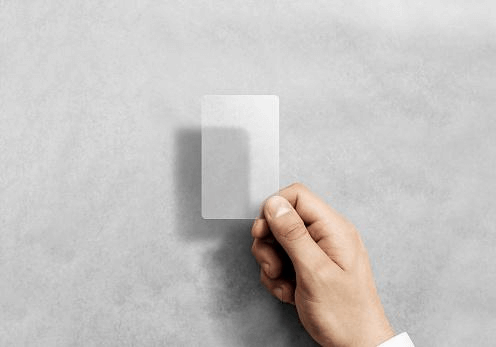When shopping for acrylic for your home or business, you may have encountered a few strange initialisms surrounding these plastic sheets. When acrylic sheets are described as OP3, OP2, P95, and P99, the significance is not exactly intuitive – and evaluating product differences through the screen of your phone or computer is a taxing endeavor.
If you’re a bit confused by what these letters mean, you’re not alone. Many artists, designers, architects, and business owners are confused by these technical, industry terms. Keep reading to get a better understanding of what abbreviations like OP3 or P99 mean for acrylic plastics.
What’s P95 Acrylic Plastic?
P95 acrylic describes a type of finish applied to colored, tinted, or clear acrylic sheets. When the sheet is manufactured, it is given a light, matte finish on one side which creates a lightly frosted effect. However, P95 acrylic sheets are not frosted acrylic – frosted acrylic uses a different finishing process, and has a light matte finish on both sides of the sheet.

The tiny divots created by this finishing style reduces reflection and makes it difficult to see scratches, fingerprints, or smudges on the plastic sheet – a common problem with smooth, glossy acrylic sheets. This makes it ideal for signage, interior décor, and point-of-purchase displays. In fact, you can commonly see P95 acrylic used in kitchen cabinets, shower doors, meeting-room windows, and as a diffuser to create soft light.
What’s an OP2 Acrylic Sheet?
OP2 acrylic sheets are frame-grade clear cast sheets that inherently provide 98 percent UV protection. Its physical properties are extremely similar to OP3 sheets, except for a few physical features that derive from its cast production process. Due to its production methods, an OP2 sheet is rather dense but has very slightly better optical clarity than an OP3 sheet. It is also available in more sizes and thicknesses than OP3, which makes it appropriate for very large picture frames, and vitrines.
[wbcr_snippet id=”774″]
However, the production method behind OP2 acrylic has one notable downside – its thickness may not be perfectly uniform, which can contribute to some distortion if it’s pressed directly against a document or piece of art. If this distortion is visible, it can be easily remedied by adjusting the lighting in the room to be more uniform.
It’s worth noting that the naked eye will find it very difficult to distinguish OP2 acrylic sheets from OP3 acrylic sheets – meaning that these two sheets are extremely visually similar. However, it is generally not recommended to mix OP2 and OP3 acrylic sheets in the same room or gallery, as the differences in manufacture may become more apparent when viewed side-by-side for an extended period of time.
What’s an OP3 Acrylic Sheet?
OP3 acrylic sheets are typically clear or tinted frame-grade acrylic sheets that provide 98 percent UV protection. This UV protection is not a coating, either – it’s introduced during the acrylic manufacturing process. They are very visually similar to an OP2 sheet, with a few differences due to its extruded production process. There is a more limited selection of sizes and thicknesses for these sheets, although they can be cut to custom sizes based on customer specifications.
The main distinguishing factor between OP3 sheets and OP2 sheets is that OP3 acrylic sheets are almost completely uniform throughout. This creates almost no distortion at all when viewing art or documents behind it, as it is completely flat. This makes it more effective than OP2 for conventional frames, museums, and galleries. It has amazing optical properties and protects normal-sized fabrics, paper, and art from the sun as well as scratches and fingerprints. It’s common to see OP3 acrylic sheets with a P99 finish.
What’s P99 Acrylic?
P99 is primarily referred to as “non-glare” acrylic. However, it specifically references the finishing process used on an acrylic sheet. P99 provides a very light matte finish to plastic – however, unlike P95 plastics, this matte finish is not easily seen by the naked eye. Instead of providing an aesthetic effect, this type of finish is used to absorb glare from both natural and artificial light.
It’s common to find P99 finishes on both OP3 and OP2 acrylic sheets since they combine enhanced optical properties with a glare-resistant finish. This combination of benefits makes P99 finishes especially popular for protecting high-end artwork, photographs, or documents that are meant to be viewed by many people.
Final Thoughts
When choosing the best kind of acrylic for your project, it’s best to consider all the different types of acrylic sheets. While OP2 and OP3 provide two different kinds of frame-grade sheets for displaying artwork, P95 and P99 refer to different types of matte finishes for acrylic plastics.
Looking for a wide variety of acrylic sheets? Take a look at our large selection of acrylic sheets, including P99, P95, and OP3 plastics. Or, if you have any questions about the best type of acrylic for your home or business, contact us today.

